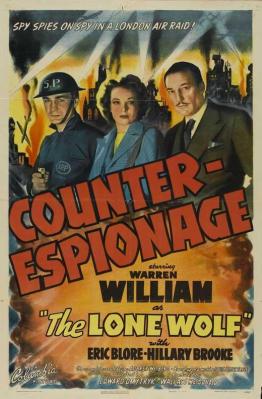

Navy's San Diego Destroyer Base and the North Island Naval Air Station. The Molino Rojo was around 15 miles from the U.S.

This HQ was situated in the infamous Zona Norte, a red-light district, the largest in North America. In Tijuana, Mexico, this took the form of the Molino Rojo (Red Mill), which was a brothel and was used as a meeting place. Naturally, a secret operation had to use cover locations to hide their presence and subsequent activities. Officers were typically armed with both a cavalry sabre and pistol enlisted men had a pistol and bayonet Junior NCOs carried a “shinai” (bamboo kendo sword). Those in uniform also wore a black chevron on their uniforms and a white armband on the left arm with the characters “ken” (law) and “hei” (soldier). While civilian clothes were authorized, a person was required to wear a badge of rank or Japanese Imperial chrysanthemum underneath the jacket lapel. Personnel dressed in the standard M1938 field uniform, typically olive-colored, or wore a cavalry uniform with high black leather boots. At this time, the “Tokko” (civilian secret police) was also functioning, of which the Kempeitai had a branch within their organization. In 1907, the Kempeitai was ordered to Korea, with their purview being preserving the peace of the Japanese Army. By Ahoiyinģ49 men made up the initial force, and they enforced the new conscription legislation-bringing in men from peasant families who had resisted the call to arms. A Kempeitai Sōchō uniform at the Hong Kong Museum of Coastal Defence.


 0 kommentar(er)
0 kommentar(er)
